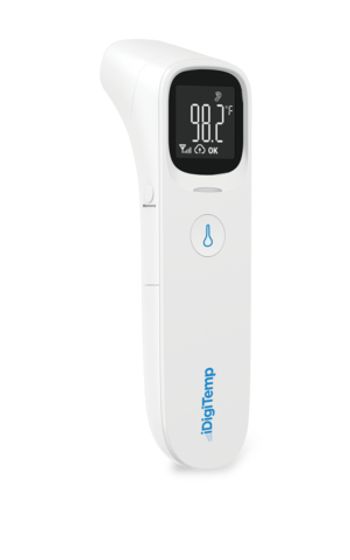
MeMed unveils first fingerstick test to rapidly differentiate between bacterial and viral infections
Key Takeaways
- MeMed BV Flex differentiates bacterial from viral infections in 15 minutes using a fingerstick blood sample, validated against traditional lab methods.
- The test is designed for decentralized settings, enhancing accessibility and reducing unnecessary antibiotic use through rapid, accurate diagnostics.
MeMed BV Flex could revolutionize infection diagnosis, enabling rapid differentiation between bacterial and viral infections in just 15 minutes with a fingerstick test.
MeMed, a global leader in host-response diagnostics, has completed development of a next-generation fingerstick test that can accurately differentiate between bacterial and viral infections in just 15 minutes using only a few drops of blood. Called MeMed BV Flex, the test is designed to bring advanced diagnostic capabilities to decentralized and CLIA-waived settings, including urgent care centers, pediatric clinics, and other near-patient locations.
The rapid test was validated in a prospective analytical study showing performance on par with more complex laboratory methods. According to the published findings, results from capillary blood collected via finger prick were highly consistent with those from traditional venous samples, both in individual protein measurements and the overall MeMed BV score. The test runs on an upgraded version of MeMed’s existing platform, designed for easy use in non-laboratory environments.
“Accurately and simultaneously measuring multiple proteins from just a few drops of blood, in a rapid and easy-to-use format, has been a long-standing challenge,” said Eran Eden, Ph.D., co-founder and CEO of MeMed. “By pairing this breakthrough with machine learning, we’ve enhanced our platform which, once cleared, can help extend host-response testing across broader decentralized use. It’s a major step toward our next goal of reaching one million patients and enables a plug-and-play engine for our broader pipeline, from MeMed Severity to future sepsis and immune-status assays.”
The company has initiated a multi-center pivotal study to confirm clinical accuracy and support FDA submission, following initial regulatory discussions.
“Running MeMed BV Flex from a simple finger stick will make advanced host-response testing more widely accessible, not just for pediatric patients, but also in decentralized settings,” said Adam Singer, MD, vice chairman for research, Department of Emergency Medicine at Stony Brook University. “It means fewer venipunctures for children, faster answers for seniors, and smarter antibiotic use across the board. This breakthrough will empower care providers to distinguish bacterial from viral infections in real time.”
Host-response diagnostics gain momentum in battle against antibiotic overuse
The development of MeMed BV Flex marks progress in the growing field of host-response diagnostics, which analyze the body’s immune response rather than searching directly for pathogens. These tests offer faster, more actionable insights that can guide treatment decisions—especially critical in an era of growing
Traditional diagnostics often rely on culturing pathogens, a process that can take days, or on molecular tests that may miss infections if the pathogen is not present in the sample. In contrast, host-response technologies like MeMed’s measure proteins or gene expression patterns that reflect how the immune system reacts to different types of infections. This allows providers to distinguish between bacterial and viral causes of illness—crucial for avoiding unnecessary antibiotic prescriptions.
Several host-response diagnostic tools are currently in development or undergoing regulatory review. MeMed’s earlier product, MeMed BV, has been used in hospitals to inform treatment decisions in emergency departments and intensive care units. Other
Experts say decentralizing these technologies—making them available in primary care, urgent care, and home settings—could transform how frontline providers diagnose infections. Faster, more accurate differentiation helps avoid delays in appropriate care and reduce overprescribing of antibiotics, a key driver of antimicrobial resistance globally.
As host-response diagnostics become faster, more portable, and more integrated with AI-driven platforms, the field is poised for wider adoption in both developed and resource-limited settings. If MeMed BV Flex receives regulatory clearance, it could become one of the first host-response tools to make the leap into widespread, real-time use outside the hospital.
Newsletter
Stay informed and empowered with Medical Economics enewsletter, delivering expert insights, financial strategies, practice management tips and technology trends — tailored for today’s physicians.








